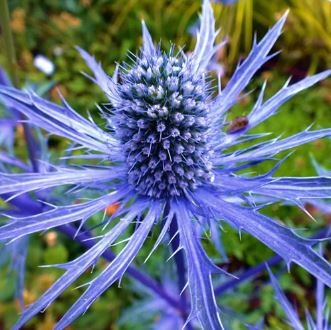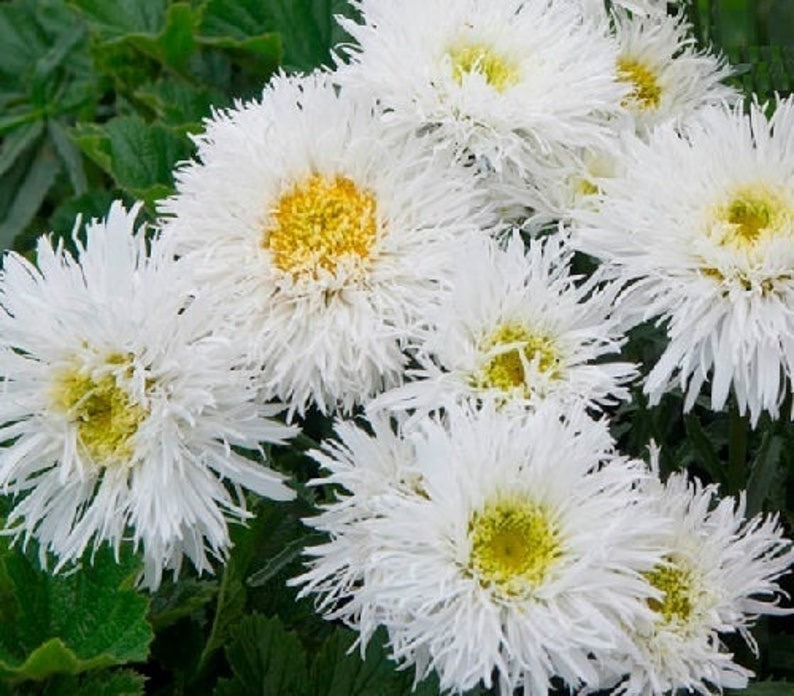Pink Foxtrot

The Double Pink Foxtrot Parrot Tulip is a variety of tulips with large, double blooms and fringed petals resembling feathers. The blooms are vibrant pink and stand atop sturdy stems that can reach up to 18 inches in height. This tulip variety typically blooms in mid to late spring and is a favorite among gardeners for its unique appearance.
When planting Double Pink Foxtrot Parrot Tulip bulbs, it is best to plant them in the fall before the ground freezes. Choose a location that receives full to partial sun and has well-draining soil. The bulbs should be planted at a depth of about 6 inches and spaced 4-6 inches apart. Water the bulbs after planting and continue to water them regularly throughout the fall and early winter.
Double Pink Foxtrot Parrot Tulip bulbs are hardy and can survive temperatures as low as -20°F (-29°C). They can be left in the ground year-round, but if you live in an area with freezing winters, lifting and storing the bulbs in a cool, dry place until spring may be best.
Double Pink Foxtrot Parrot Tulips will produce stunning blooms yearly with proper care. After the blooms have faded, allow the foliage to die naturally before removing it. This will allow the bulbs to store energy for the following year’s growth and blooming.
Care Guide
Here is a care guide for Double Pink Foxtrot Parrot Tulip Bulbs:
- Soil and Location: Choose a planting location with well-draining soil that receives full to partial sun. The soil should be loose and friable to allow for proper root development.
- Planting: Plant the bulbs in the fall, before the ground freezes, at a depth of approximately 6 inches and spaced 4-6 inches apart. Make sure the pointed end of the bulb faces up. Water the bulbs after planting and continue to water them regularly throughout the fall and early winter.
- Watering: Tulips prefer moist soil, so water them regularly, especially during periods of dry weather. However, avoid overwatering as it can lead to bulb rot.
- Fertilization: Apply a bulb fertilizer when planting the bulbs and again in the spring after the first leaves appear. Avoid fertilizing after the flowers have bloomed.
- Mulching: Mulch around the bulbs with a layer of organic material, such as shredded leaves or bark, to help retain moisture and regulate soil temperature.
- Deadheading: Remove spent flowers as soon as they begin to wilt, but leave the foliage to die back naturally. This will allow the bulbs to store energy for the next year’s growth and blooming.
- Pests and Diseases: Tulips are susceptible to pests such as aphids and diseases such as bulb rot. Keep an eye out for any signs of damage or disease and treat them as necessary.
- Overwintering: Tulips can be left in the ground year-round in colder climates. In warmer temperatures, they may need to be lifted and stored in a cool, dry place until the following fall.
By following these care guidelines, you can ensure that your Double Pink Foxtrot Parrot Tulips will produce beautiful blooms year after year.





